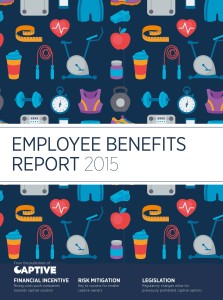The growth in businesses utilising captives to tackle rising employee benefits costs is a relatively recent phenomenon. Initially it was only a viable option for larger companies due to the associated regulatory and tax costs, but smaller companies are now discovering ways to make use of the tool.
The proliferation and viability of risk transfer solutions for employee benefits can partly be put down to the increasing desire to diversify and place uncorrelated risks into the captive.
Rising costs, however, due to legislative developments such as the Affordable Care Act and the ERISA rules in the United States have also led businesses to seek innovative solutions to mitigate these costs.
In the Captive Review Employee Benefits Report 2015, we analyse the various ways companies are using captives effectively to self-insure or reinsure stop-loss cover, pensions, life and long-term disability costs.
Captive Review speaks to leading industry figures who outline the challenges faced by small to mid-sized businesses entering the captive space and how group captives are being increasingly utilised. We also explain how the more established stop-loss captive industry has evolved and the advantages this solution continues to offer. At the same time, forward facing US insurers are launching innovative new programmes specifically designed to be compliant in the complex environment brought by the Affordable Care Act.







